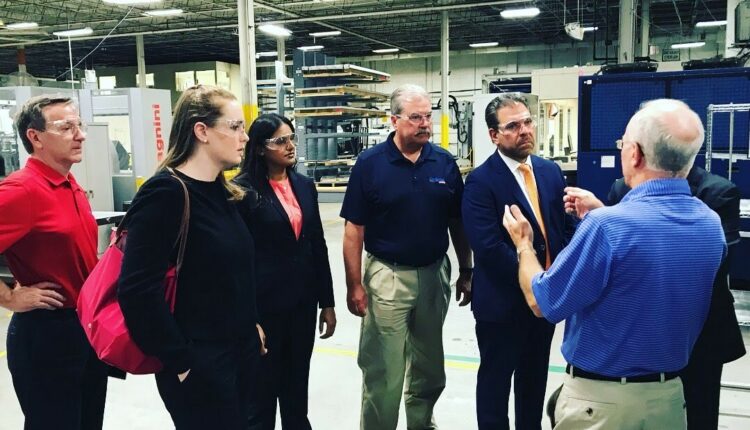
Final DOE Rule Aims to Clear Interim Waiver Application Bottleneck
By Prianka Sharma, Assistant Chief Counsel
On December 11, 2020, the U.S. Department of Energy (DOE) finalized a rule streamlining its approach to the energy efficiency test-procedure interim waiver process. The Energy Policy and Conservation Act of 1975 (EPCA) authorizes DOE to regulate energy efficiency of consumer and commercial products through regulation.[1]
Test procedures are used as the basis for certifying to DOE that products comply with applicable energy efficiency standards, and the agency uses the test procedures themselves to ensure this compliance.[2] Manufacturers of products covered under EPCA can apply for a waiver from the test procedure requirements. The agency will grant a full waiver if it determines that there is a design characteristic that prevents testing on the basic model of the product in question, or that the test procedure evaluates the basic model in a manner that does not represent the product’s energy consumption characteristics.[3] The interim waiver process allows those petitioning for a full waiver to receive a decision from the agency within 30 days of receipt of the application if it appears likely that the full waiver will be granted, or if at the discretion of the Assistant Secretary the agency determines that it is desirable to grant immediate relief pending a determination of the full waiver application.[4]
An interim waiver can be helpful to a small manufacturer as it allows them to continue selling their product while they await a decision from DOE on their full waiver application. Many small manufacturers only produce one or two specific models and therefore would not have other sources of income to fall back on if they were forced to stop selling their product entirely while awaiting a decision from the agency. With the interim waiver, these manufacturers can retain a revenue stream, while potentially working to modify product designs to meet new requirements.
Prior to this final rule, small manufacturers stated that it can take up to two years to receive a decision on an interim waiver application, which precedes a decision on the full waiver. The agency itself indicated that while it is supposed to render a decision within 30 days, the average turnaround time for a decision on an interim waiver application has been 185 days. Furthermore, small businesses stated that they often could not reach the agency when they attempted to inquire about the status of their application during the review period. Such a lengthy wait period simply for an interim waiver defeated the purpose and imposed significant burdens on small manufacturers.
The issue was first brought to Advocacy’s attention during a regulatory reform roundtable in October 2017. At that point small business stakeholders asked DOE to set a specific deadline by which it would review and render decisions on interim waiver applications. In response to Advocacy’s outreach and written comments filed by small businesses on the issue, on May 1, 2019 DOE published a proposed rule establishing a deadline by which the agency would respond to applications for interim waivers.
Advocacy held a roundtable to hear from small businesses on the proposed rule in June 2019. Subsequently, Advocacy and several small business stakeholders filed comment letters in response to the proposed rule supporting the proposal and asking that DOE finalize the rule in a timely manner. Read Advocacy’s comment letter here.
The final rule lengthens the time within which the agency has to respond to 45 business days, but also states that if the agency does not respond within those 45 days, the interim waiver is deemed granted until such time as the agency renders a decision on the application. Furthermore, the agency is required to post the application upon receipt on its website and post a decision on the application when it is rendered, thus providing increased transparency to applicants. Read the full text of the final rule and other key features here.
While the agency has chosen to lengthen its response time by 15 days, overall Advocacy is pleased that the agency has listened to the concerns of small businesses and finalized this rule. Advocacy is hopeful these measures will reduce a bottleneck in the interim waiver application process and provide much-needed regulatory relief to small businesses.
[1] Pub. L. 94-163 (codified in 42 U.S.C. § 6291-6317). The version mentioned here is as amended through the Energy Efficiency Improvement Act of 2015, Pub. L. 114-11.
[2] See Id. (citing 42 U.S.C. § 6295 (s); 42 U.S.C. § 6316 (a)).
[3] Id.
[4]See Id.
Prianka Sharma is an Assistant Chief Counsel for Advocacy whose portfolio includes agriculture, energy, and natural resources. Sharma can be reached at Prianka.sharma@sba.gov.
